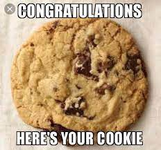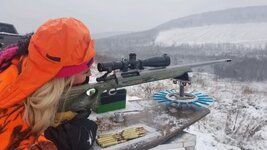I’ve been long-range hunting (over 40 years) and have been a 1000-yard completive shooter for a number of years and winning a IBS/NBRSA national championship for 1000 yard score and two state championships for smallest group.
First off to be successful you must have excellent equipment to do the job, that’s fairly easy to do if you have the money to buy what is required. In my opinion the weakest link in the chain is the scope, buy the best you can afford, the rifle can sometimes be purchased of the shelf, manufactured by several commercial rifle makers. That being said in my opinion if you’re going to spend your hard-earned dollars, go to a qualified gun builder and have a custom barrel chambered in your favorite caliber. That will take care of part of the equation.
Now for the hard part is acquiring the skill set. I really don’t know how to tell you how to go about it, other than I practice when the conditions are bad at the longest range I can 300 to 500 yards or so would be good. Shorter ranges can work but not be as dramatic of changes as the longer ranges. I should mention quality ammunition is of major importance. (Good scope + good rifle + bad ammo = bad groups.) When shooting in windy conditions I pay close attention to the wind in front of the rifle, when the bullet exits the barrel gravity and wind acts on it immediately and stars to pull it down and in the direction of the wind and I think it effects it the most at that moment a few thousands of deflections at the muzzle can be huge at distance. I also look at the conditions along the bullets path that can counteract or add to what’s happening at the muzzle and I’ll adjust accordingly. I don’t pay too much attention to what’s happening at the target except for light conditions, because the bullet is already there.
In all honesty while having many one shot kills at distance, I’ve also had my share of near misses on the first shot, but if having an opportunity for a second shot I more often than not make a clean kill. In the many years of hunting long-range, I never crippled one and have it get away. On rare occasions I did have to shoot an animal again not wanting to let it bleed-out and suffer.
I’ll probably have a lot of blow-back on this and maybe called BS but this is what works for me.




